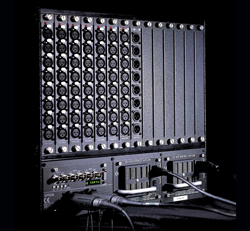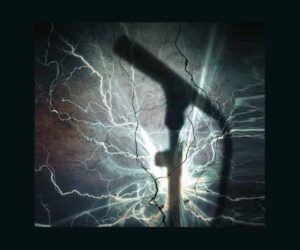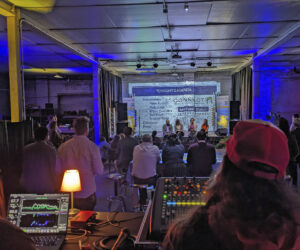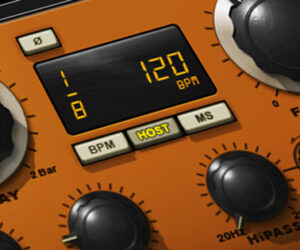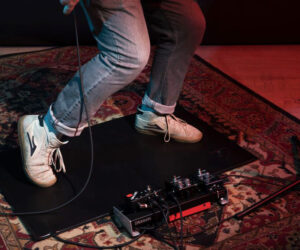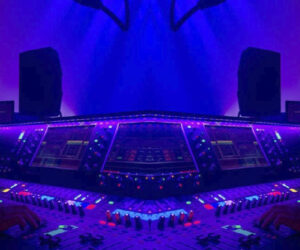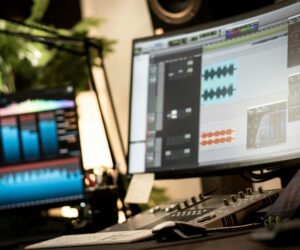Having a roomful of high-qualify professional audio gear is great, but it’s not a system until you can connect everything together.
The hub for system interconnectivity is the mixing console, nowadays usually a digital model. While digital consoles save us the time and cables in not having to hook up racks full of EQs, effects processors, gates, and compressors, there are still a multitude of signals flowing to and from the console that all need to be connected.
Typical inputs for a concert will include microphones and direct boxes (DIs) from the stage, playback device(s), and the ever-present talkback mic at the house console.
Outputs usually include main left and right – and sometimes a center – as well as a separate subwoofer send, a feed to the house tie-in, and increasingly a feed to a recording device.
Don’t forget the split-off snake to the monitor desk and another possible split for multi-track recording. And speaking of monitoring, it’s now common to supply multiple feeds to musicians so they can mix themselves on personal monitoring systems.
Corporate events can add additional inputs, including audience Q&A mics, podium and announcer mics, master of ceremonies wireless, computer audio from presenters, musical cues and “stings,” and lavalier mics for presenters.
Outputs might include feeds to video world, remote recording or broadcast, backstage monitoring, intercoms, second language interpreters, webcasts and podcasts, sends to press mults and the ever present backup safety recording from the console.
Signals are not just in the analog domain any more. Music playback, multi-track recording, and personal monitoring are handled digitally, and digital snakes are becoming the norm as well. Instead of just having to worry about analog audio over XLRs and 1/4-inch connections, today we deal with RJ45, BNC, fiber optic, USB, Firewire, RCA, MIDI, and various multi-pins. And just because there’s an XLR or an RCA jack doesn’t mean that it’s carrying an analog signal, as both connectors can be used to carry digital.
To sort out this increasingly complex situation, many digital consoles are available with proprietary or third-party digital snake systems that help organize and simplify, in addition to facilitating multiple signal splits and complex signal routing. These systems come in configurations, offering remote stage boxes for inputs and outputs as well as expansion ports that accept optional cards (or modules) for different input/output configurations and transport protocols.
The cards are great because they allow us to configure a system more inline with our specific needs, while still allowing for changes down the road. Another benefit is the ability to upgrade current equipment to future transport standards, making current console inventory less prone to obsolescence. The only downside is that cards and modules add cost, but it’s minor and a small price to pay for all the added connectivity.
There are two primary schools of thought on digital console design – integrated and control surface. Integrated units are largely self contained, similar to analog consoles, with inputs and outputs located on the console itself. All processing and signal routing happens inside the workstation. Many of these consoles can be interfaced with remote input racks or with third-party digital snakes that allow inputs and outputs to be located at a remote location, interfacing with multiple channels of audio via a single cable.
Control surfaces, while looking like complete consoles, actually only provide user interfaces like faders, knobs, buttons and display screens. The processing is located inside a rack, usually positioned near the control surface, but in some cases it can also be located at the stage or in another remote area.
These type of systems offer a bit more flexibility, with some providing control over all mix parameters from a computer or other interface, eliminating the need for the control surface itself on some events. Some also let multiple control surfaces access the stage racks, allowing a monitor console or recording console to easily integrate into the system.
Take our tour of several proprietary options currently available.

